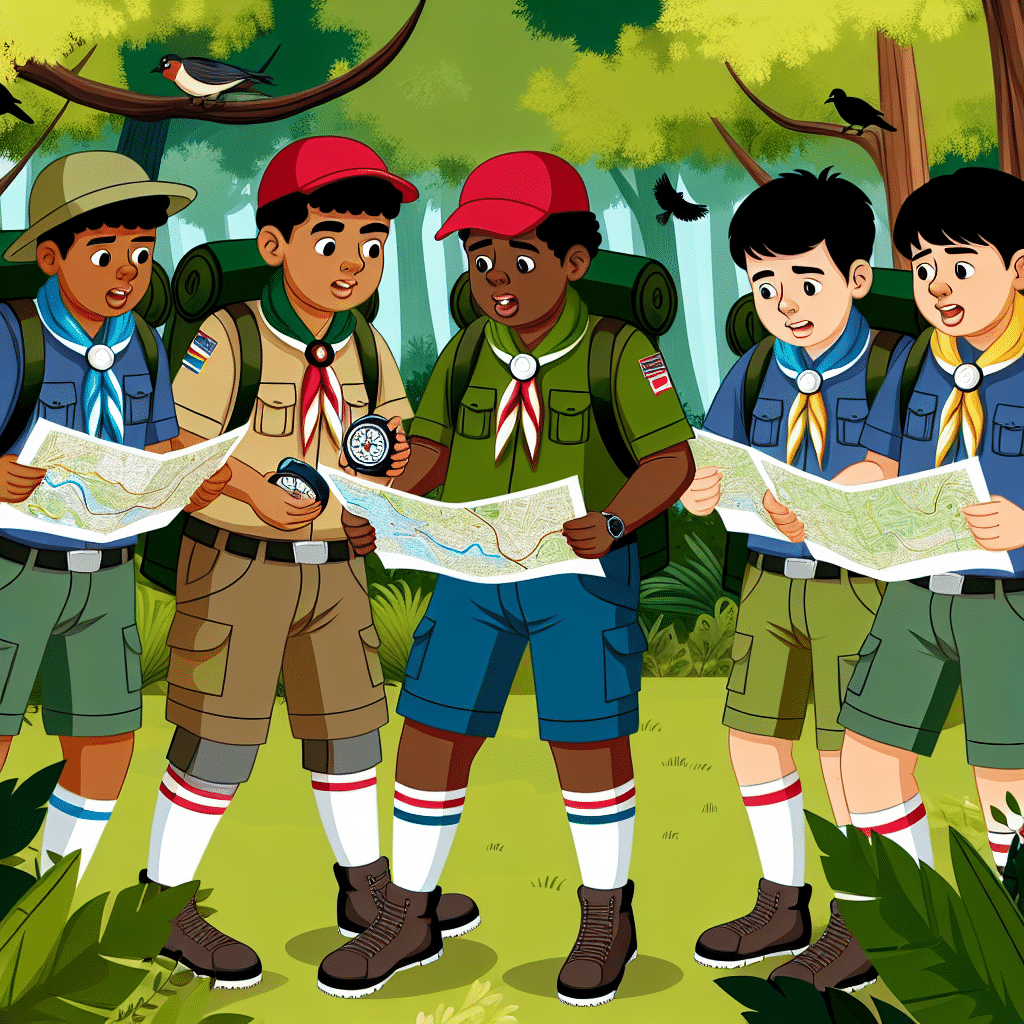In a world increasingly dominated by technology and urbanization, the timeless skills of navigation and survival remain ever relevant. Among these, orienteering stands out as a critical skill, especially for Boy Scouts. This article delves deep into the essence of Boy Scouts orienteering, examining its importance, the skills it fosters, and tips for mastering it.
What is Boy Scouts Orienteering?
The Art and Science of Navigation
Orienteering is often described as the sport of navigation—using a map and compass to move from point to point in diverse and often unfamiliar terrain. Originally a training exercise in land navigation for military officers, it has evolved into an essential skill for Boy Scouts. Combining physical endurance with mental acuity, orienteering tests not just the ability to navigate, but also the confidence to make decisions in real-time.
Why is Orienteering Important for Boy Scouts?
Building Life Skills
Boy Scouts orienteering is far more than just finding your way from point A to point B. It builds a variety of life skills that are beneficial well beyond the scouting years. Here are some key skills that orienteering cultivates:
1. **Problem-Solving:** Navigating through unfamiliar terrain requires critical thinking and problem-solving skills, enabling Scouts to assess situations and make sound decisions.
2. **Teamwork and Leadership:** Often done in groups, orienteering encourages teamwork and helps Scouts develop leadership skills as they take turns directing their team.
3. **Self-Reliance:** Learning to rely on one’s skills for navigation fosters a sense of independence and self-confidence.
4. **Physical Fitness:** Traversing varying terrains enhances physical endurance and overall fitness.
Connecting with Nature
In the digital age, connecting with nature is increasingly rare but hugely beneficial. Orienteering compels Scouts to immerse themselves in the environment, fostering an appreciation for the great outdoors. It also helps them learn about local wildlife, plants, and geographical features, enriching their knowledge of natural science.
Essential Tools in Boy Scouts Orienteering
Map and Compass: Your Best Friends
The cornerstone of orienteering is the map and compass. Mastery of these tools is critical for effective navigation.
1. **Map Reading:** Understanding topographic maps, including symbols, scales, and contour lines, is fundamental. Maps offer a bird’s-eye view of the terrain, helping Scouts plan their route and identify key landmarks.
2. **Compass Skills:** A compass allows for precise direction-finding. Scouts learn to orient the map, take bearings, and follow directional paths accurately.
Additional Gear
While the map and compass are the primary tools, other gear can significantly enhance the orienteering experience. These include:
1. **Pace Counter:** A simple device to keep track of the distance traveled.
2. **GPS Device:** While traditionalists may frown upon it, a GPS device can serve as a useful backup tool.
3. **Appropriate Clothing and Footwear:** Weather-appropriate clothing and sturdy footwear are essential for navigating through diverse terrains.
Tips for Mastering Boy Scouts Orienteering
A Step-by-Step Approach
For those new to orienteering, starting with a step-by-step approach can make the learning curve less daunting.
1. **Start Simple:** Begin with easier courses to get accustomed to using the map and compass.
2. **Practice Regularly:** Consistent practice hones both your navigation skills and your physical fitness.
3. **Join Orienteering Clubs:** Participation in orienteering clubs and events can provide valuable hands-on experience and mentorship.
4. **Use Technology Wisely:** Apps and online resources can offer additional training and practice opportunities.
Common Mistakes to Avoid
Even seasoned orienteers can make mistakes. Here are some common pitfalls to watch out for:
1. **Over-reliance on GPS:** While convenient, a GPS should not replace traditional map and compass skills.
2. **Ignoring Terrain Features:** Relying solely on compass bearings without paying attention to the actual terrain can lead to errors.
3. **Poor Planning:** Failing to plan your route in advance can result in unnecessary detours and wasted time.
The Thrill of Competition and Awards
Scouting Competitions
Orienteering is also a competitive sport within the Boy Scouts organization. Various competitions offer Scouts the chance to test their skills against their peers. These events not only foster a spirit of camaraderie and sportsmanship but also provide a platform for Scouts to showcase their proficiency.
Achievement Awards
Success in orienteering is often recognized through various awards and badges. Earning these accolades not only boosts a Scout’s morale but also serves as a tangible acknowledgment of their skill and dedication.
Conclusion: The Lasting Impact of Orienteering
Boy Scouts orienteering is more than just a skill; it’s an enriching experience that leaves a lasting impact. From building life skills and physical fitness to fostering a deep connection with nature, orienteering prepares Scouts for the challenges of life in the most adventurous way possible. As they master the map and compass, they also learn the priceless value of self-reliance, teamwork, and resilience. So, grab your compass and map, and set out on your next great adventure—because the journey of orienteering is one where every step leads to new discoveries.




